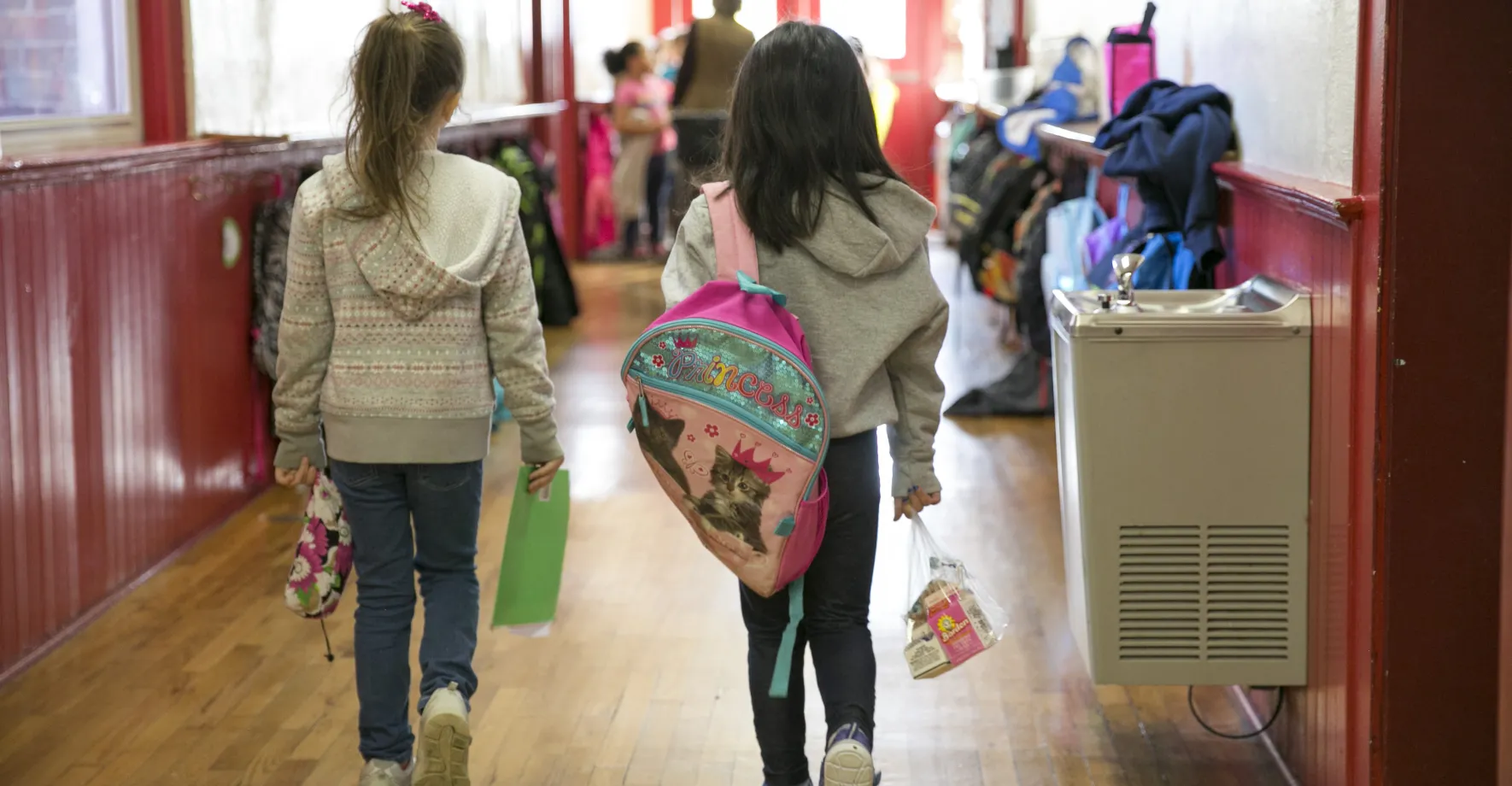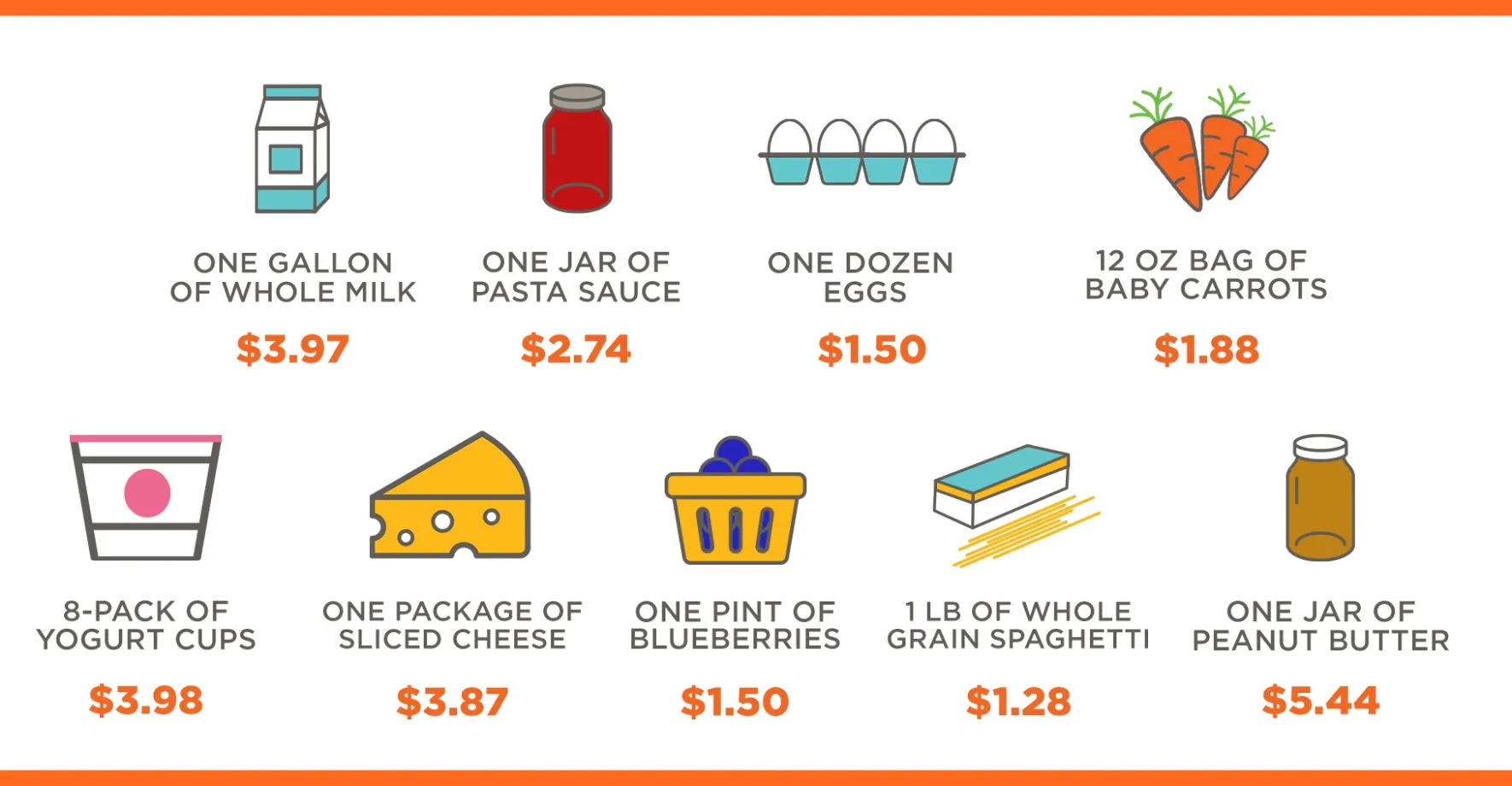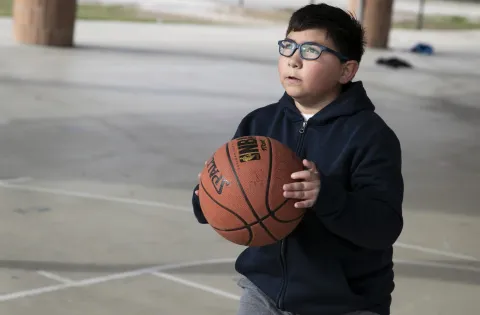As child hunger rates skyrocketed during the COVID-19 pandemic, new and innovative programs, policies and procedures designed to help feed kids in need were implemented across the nation.
But as the pandemic rages on, hungry kids and their families will feel the impact of this crisis well into the future, and they’re feeling it now. The good news is we’ve learned a lot about how to combat child hunger during this pandemic. It’s now up to us as a nation to build on those lessons to get our country back on a path where No Kid Hungry is a reality.
Here are three examples:
- When the pandemic first shuttered schools, community groups and schools were given critical flexibility through child nutrition waivers, allowing them to reimagine traditional meal models so they could drop off meals to kids or let families pick them up.
These waivers should be extended as schools continue to educate online or in hybrid learning models. But there’s also a lesson to be learned from these flexibilities. As we quickly approach the summer months, our lawmakers should look for ways to integrate these types of flexibilities into the Summer Meals Program. The Summer Meals Program is an important way kids continue to get the nutrition they need while schools are closed. But currently there are a lot of barriers that prevent the program from reaching all of the kids who need it. And this year, we know the challenges will be even greater. One way to fix this is the authorization of “non-congregate” site options. This would give the Summer Meals Program flexibility to allow meals to come to kids instead of requiring children to travel to centralized sites every day to eat meals.

- Another important lesson from the pandemic: the Pandemic EBT program offered a small grocery benefit for families to purchase food, and it was critical, especially when access to school meals changed and food prices increased dramatically.
We should build on the success of this program and apply it over the summer months by permanently authorizing Summer EBT, which is currently a demonstration program in only a handful of states. Similar to Pandemic EBT, Summer EBT provides a modest grocery benefit for families on an electronic benefit transfer card. It would offer one more layer of protection against summer hunger and help close the gap between kids who get enough to eat during the summer months and those who don’t. - And finally, increasing SNAP benefits by 15% during the pandemic gave about an extra $25 in benefits to recipients each month. These extra dollars have enabled families to buy more of the food they need when they need it.
With the vast need and the sharp rise in food prices - nearly 4% over the last year, which is the largest yearly rise since 2011 - one of the best ways to combat this is for Congress to continue these investments to more accurately reflect the costs of a nutritious diet.

This pandemic has laid bare the crisis of childhood hunger that’s existed in our country for far too long, as well as the systems of inequality that’s put opportunity out of the reach for too many.
Each of these policies and programs are essential, but they’re also pieces to a bigger puzzle. They’re designed to work together to make sure kids get the nutrition they need no matter where they live, what their family situation is, how old they are, or what time of the year it is. Working together, they weave a net tight enough that no child slips through.
We know there’s much more work to be done, and you can click here to read about No Kid Hungry’s 2021 policy priorities, but ensuring that the lessons we’ve learned in 2020 are put into practice is a good place to start.


